National Refrigerant R134a For HVAC
- GWP: 1,430 IPCC 4th Revision
- Application: Mixed Temp Ref & Auto A/C
- Preferred Oil: POE
- Ashrae Class: A1
- Composition: 100% – R134a
National Refrigerant R134a (1,1,1,2-Tetrafluorethane) was introduced in 1991 under a number of different trade names such as Klea 134a, Suva 134a, Freon 134a, Forane 134a, Genetron 134a, Florasol 134a or simply just HFC 134a.
R134a was developed as a non-ozone-depleting replacement for the CFC (Chlorofluorocarbon) R-12 after it was discovered that the chlorine element had a deleterious effect on the ozone layer.
HFCs (hydrofluorocarbons) contain no chlorine so are non-ozone depleting, making them better for the environment.
R134a is also non-toxic and non-flammable though it is classed as a greenhouse gas meaning it contributes to global warming when released into the atmosphere.

R134a has a GWP (global warming potential) of 1,430. When measuring GWP CO2 is used as the benchmark which has a GWP of 1.
Main applications for R134a include but are not limited to automotive air-conditioning, medium temperature refrigeration, aerosol and pharmaceutical.
R134a was banned for use in technical aerosol after the end of 2017 though this is exempt under certain military & medical applications.
Because of the sheer volume of R134a escaping from cars, the European legislation changed in 2017 banning the use of refrigerants with a GWP higher than 150 in cars manufactured after the 1st January 2017.
The widely accepted replacement for R134a in automotive is R1234yf and is part of a new 4th generation of refrigerant fluids called HFOs (Hydrofluoroolefin).
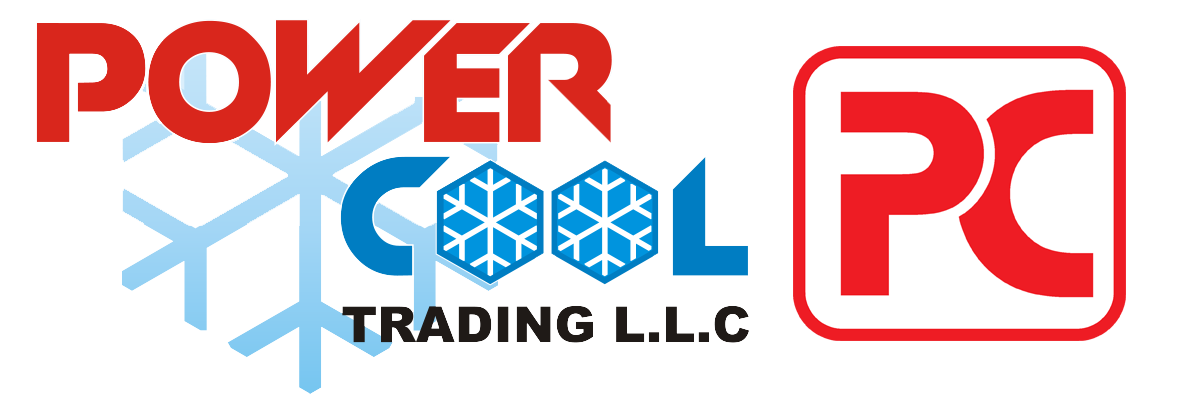
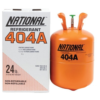
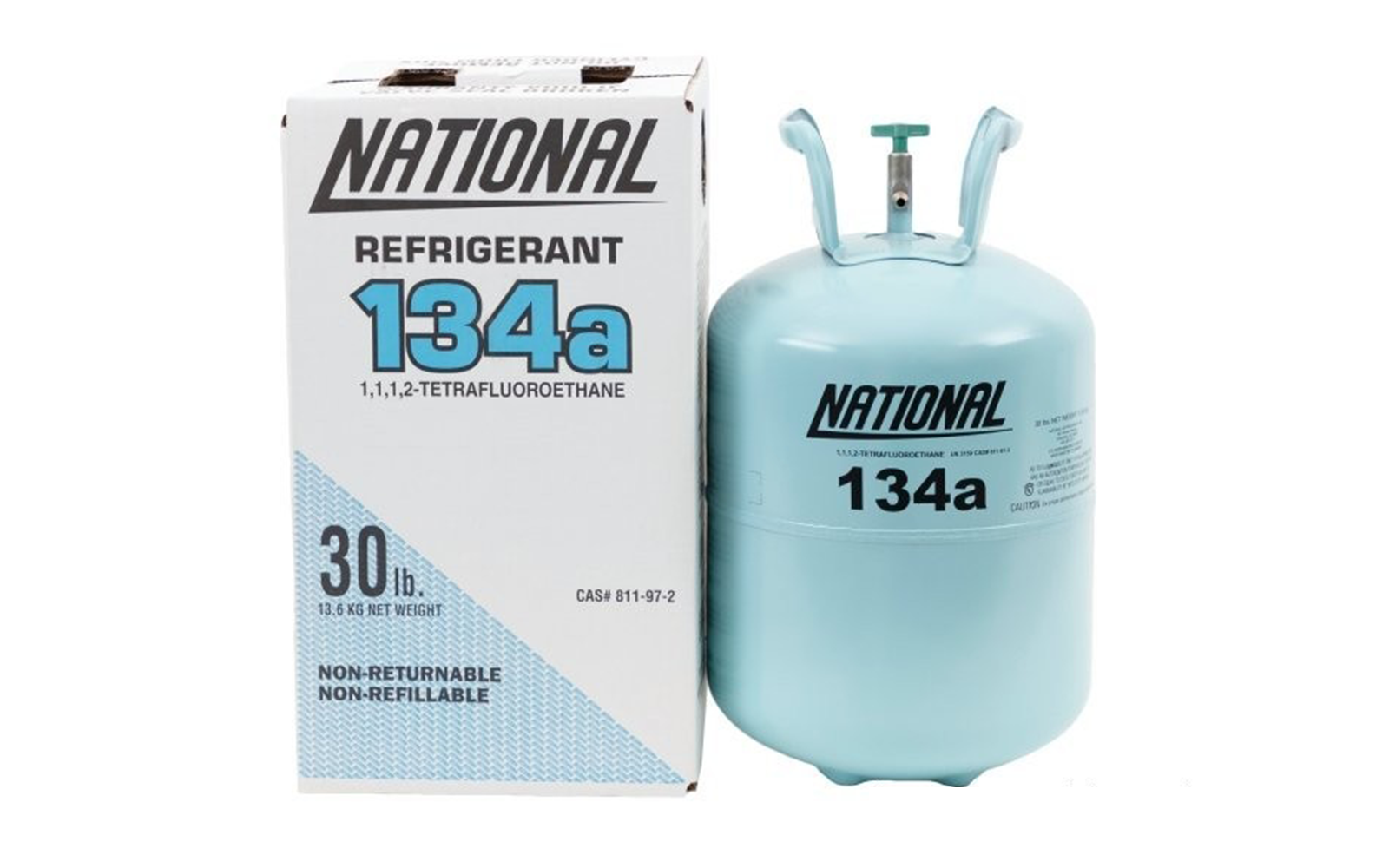
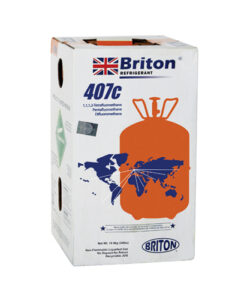
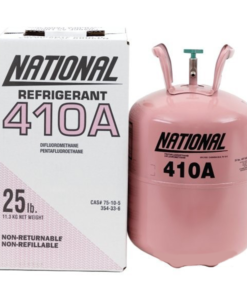
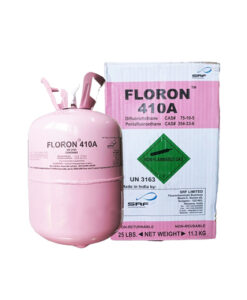
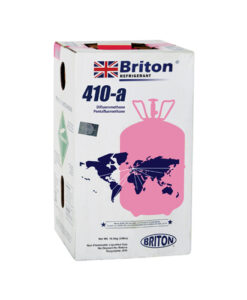
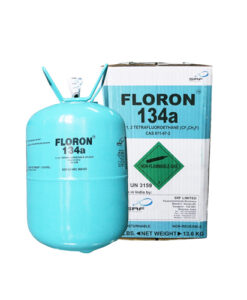
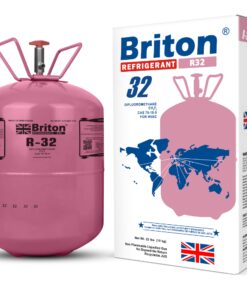
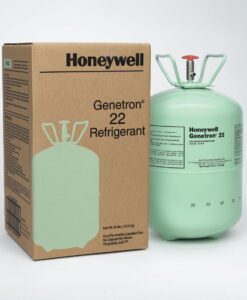
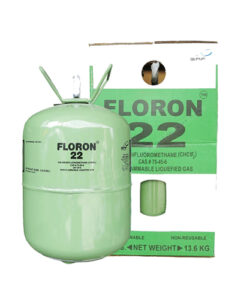
Reviews
There are no reviews yet.